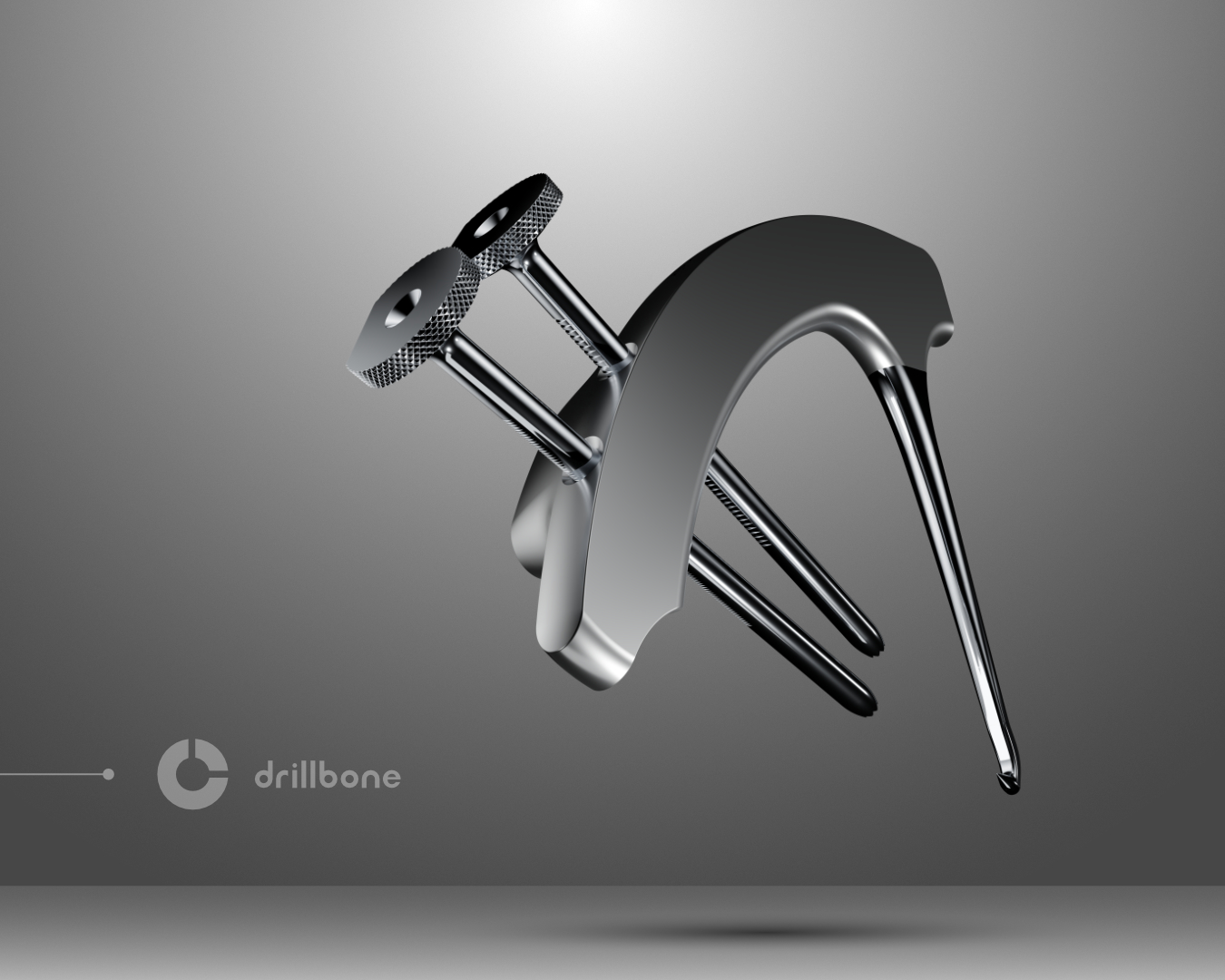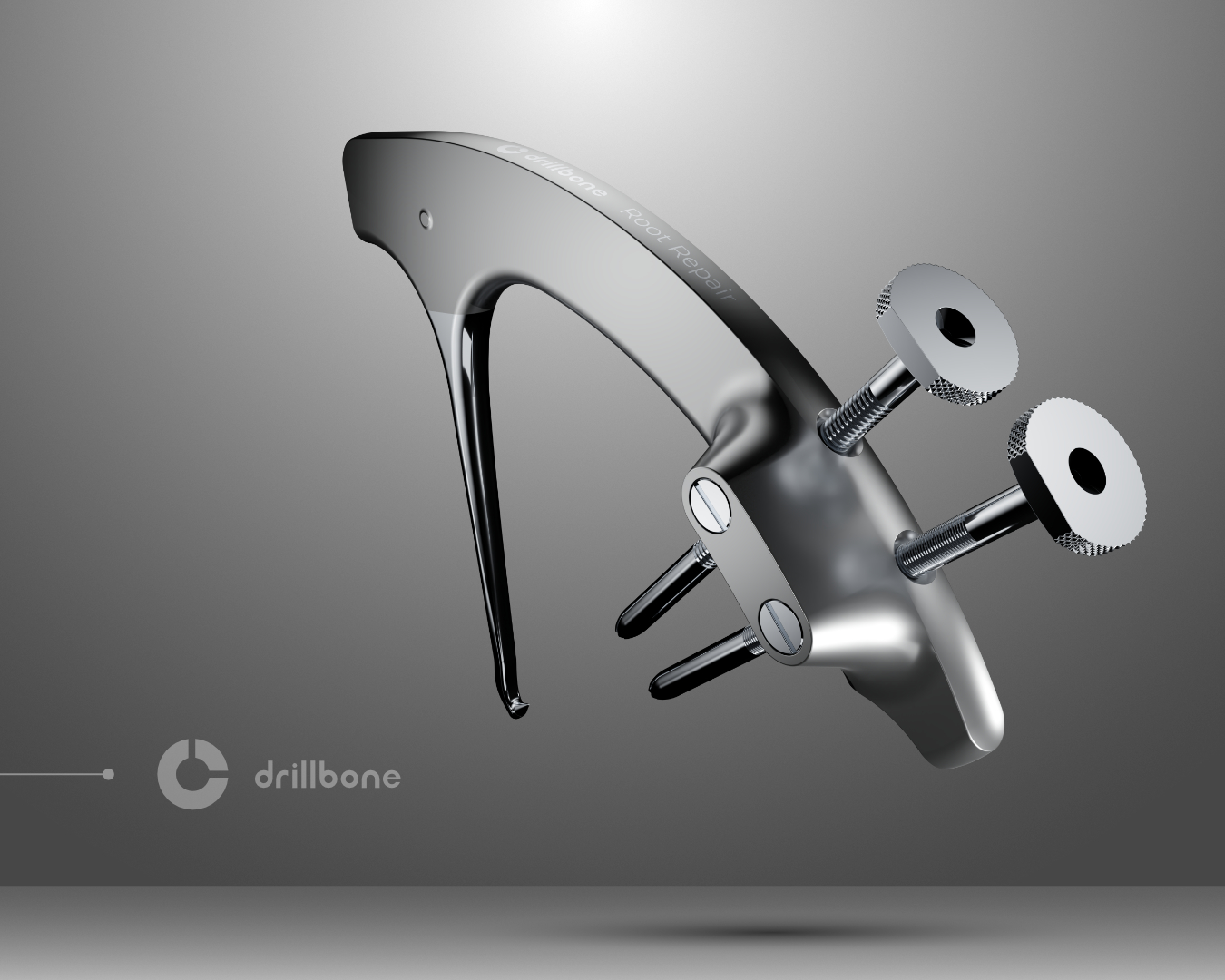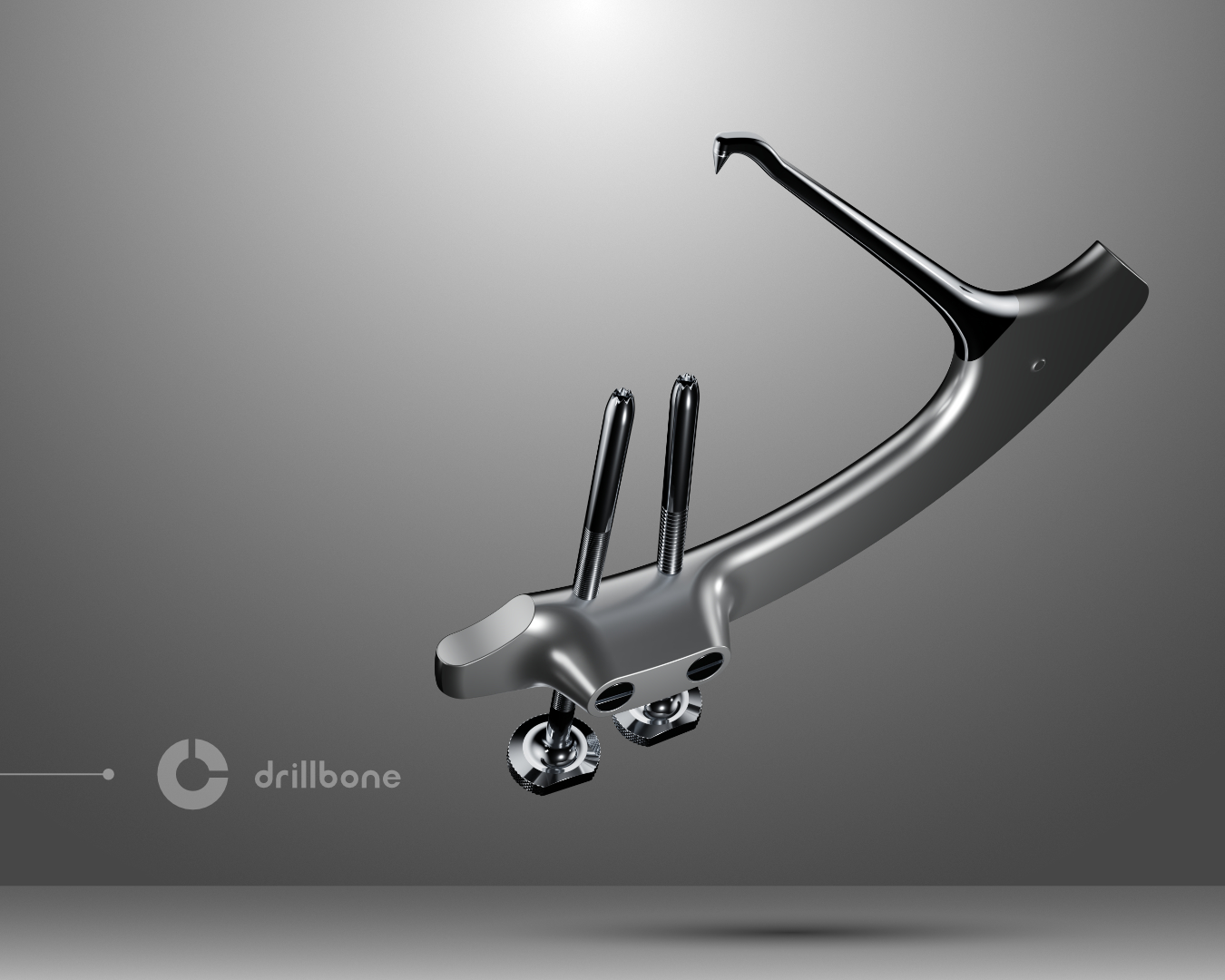Notice
The information on this website is intended for health professionals. I am a health professional according to §2a Act No. 40/1995 Sb., on the regulation of advertising, as amended. I confirm that I have familiarized myself with the definition of an expert according to this law. At the same time I confirm that I am aware of the risks to which a person who is not professional if they access website primarily intended for the professional public.
Products
Drillbone Root Repair
Root repair is a surgical technique used to address a root tear, which is a severe injury involving the posterior horn of the meniscus. Due to the gradual extrusion of the meniscus, patients with a root tear are at high risk of developing accelerated knee osteoarthritis. In fact, up to 30% of patients with an untreated root tear require total knee arthroplasty (TKA) within five years. These patients often fail to recover fully after arthroscopic debridement or partial medial meniscectomy and continue to experience joint pain with each step. In many cases, the underlying cause is an undiagnosed or untreated root tear.
When performed correctly, the success rate of root tear repair exceeds 95%, leading to significant improvements for patients. They experience rapid relief from the characteristic pain in the popliteal region, regain functional capacity, and reduce the risk of progressive degenerative joint changes.
Root tear repair is a relatively straightforward procedure once the necessary techniques and tools are mastered. The surgeon must be familiar with the medial collateral ligament (MCL) release technique to access the posteromedial compartment. An understanding of the anatomical footprint of the meniscal root is essential for precise preparation. The surgical suite must be equipped with a targeting device for tunnel preparation, as well as a meniscal suturing instrument. Aside from this, only two sutures are required. With our Root Repair Guide, this technique becomes highly streamlined and reproducible. The learning curve is quick, allowing surgeons to adopt the technique efficiently.








